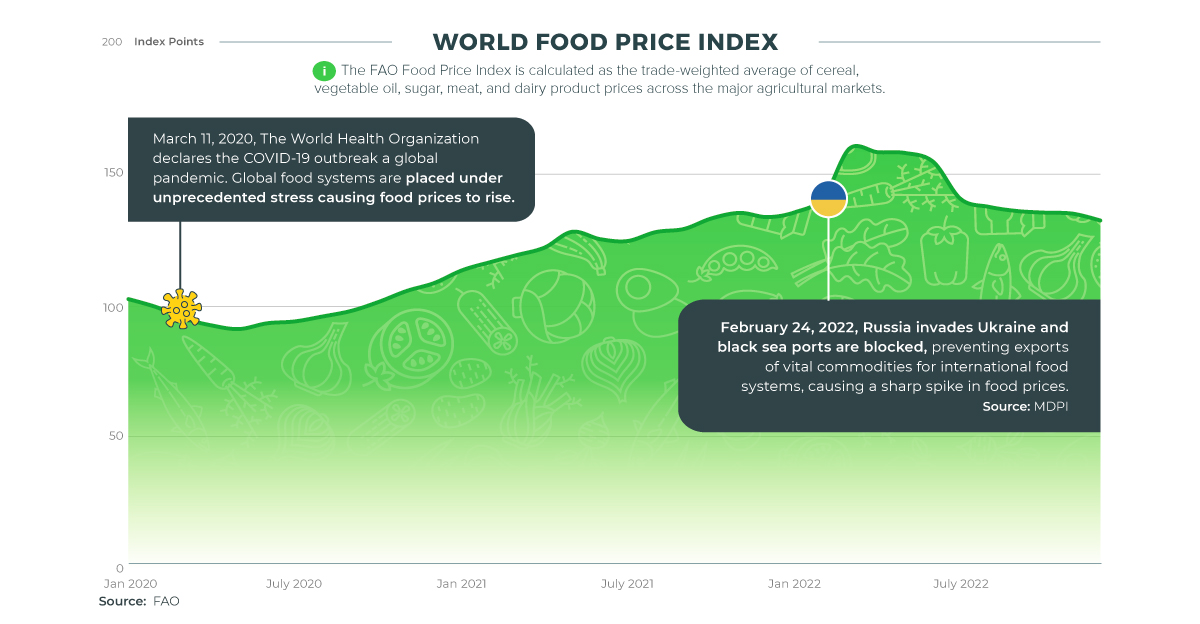What’s Behind The Rise Of Food Prices?
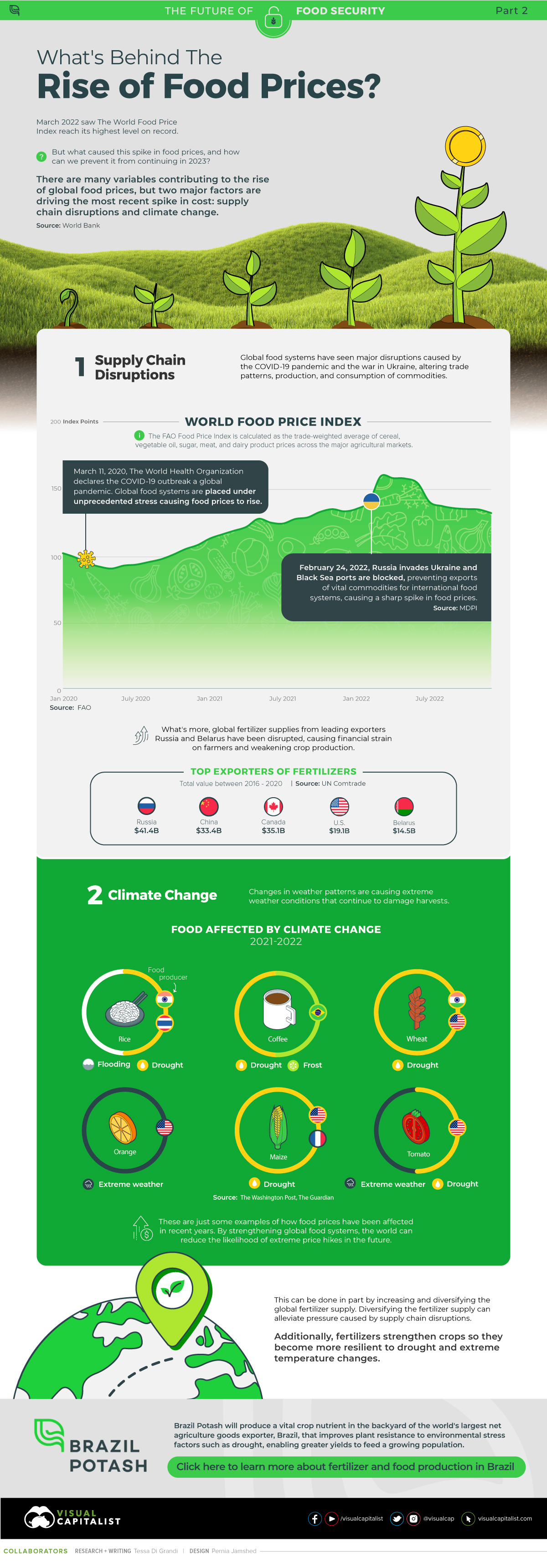
The Rise Of Food Prices
The World Food Price Index reached an all-time high in March 2022 before gradually falling for nine months to December 2022. But what caused this surge?
There are many variables contributing to the rising cost of global food, but supply chain disruptions and climate change are two major drivers for the spike in prices over the most recent years.
The above graphic from Brazil Potash explores how these two factors are contributing to the most recent rise in food prices.
1. Supply Chain Disruptions
The COVID-19 pandemic and Russia’s invasion of Ukraine have caused major disruptions to global food systems, altering trade patterns, production, and consumption of commodities.
The pandemic placed unprecedented stress on global food systems through a variety of factors, including a change in consumer food consumption, workforce restrictions, and trade pattern disruptions, causing food prices to rise.
Then, on February 24, 2022, Russia invaded Ukraine, blocking vital exports of commodities for international food systems, and causing a sharp spike in food prices.
Ukraine was the fourth largest global exporter of cereals before the invasion. Combined, Russia and Ukraine export around 28% of the world’s wheat and 15% of its maize.
Simultaneously the fertilizer industry has also felt the strain, with the trade of essential fertilizers for crop production impacted by both the COVID-19 pandemic and the war in Ukraine.
2. Climate Change
As global temperatures rise and weather patterns become more unpredictable, we are seeing an increase in extreme weather events that are having a devastating effect on crops around the world.
India’s rice crop fell by around 8% in 2022 due to a lack of rainfall, while drought conditions in the EU have resulted in grain yields that are approximately 16% below the five-year average.
According to NASA, if greenhouse gas emissions continue to rise at the current rate, maize yields are projected to decline by 24% by 2030, in contrast, wheat may rise by around 17%.
The below video details NASA predictions for maize yields.
Weather conditions have a direct impact on crop production, which in turn affect food prices.
The Role of Fertilizer
Rising food prices are a concern as they directly impact food security. When prices rise, it becomes more difficult for people to afford enough food to meet their needs. This can lead to hunger, malnutrition, and social and political instability.
There are steps that can be taken to mitigate the effects of rising food prices, such as increasing and diversifying the global fertilizer supply. Diversifying the fertilizer supply can alleviate pressure caused by supply chain disruptions.
Additionally, using fertilizers that improve plant resistance to environmental stress factors such as drought and can help to increase crop yields.
Brazil Potash will produce a vital crop nutrient that improves plant resistance to environmental stress factors such as drought, enabling greater yields to feed a growing population.
Click here to learn more about fertilizer and food production in Brazil.

-

 Markets2 months ago
Markets2 months agoThe World’s Top Cocoa Producing Countries
Here are the largest cocoa producing countries globally—from Côte d’Ivoire to Brazil—as cocoa prices hit record highs.
-
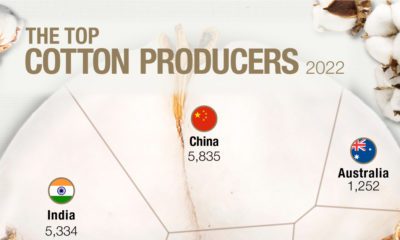
 Agriculture1 year ago
Agriculture1 year agoRanked: The World’s Top Cotton Producers
As the most-used natural fiber, cotton has become the most important non-food agricultural product.
-

 United States1 year ago
United States1 year agoHow Big is the U.S. Cheese Stockpile?
The U.S. has 1.5 billion pounds of cheese in cold storage across the country—around $3.4 billion worth of cheese.
-
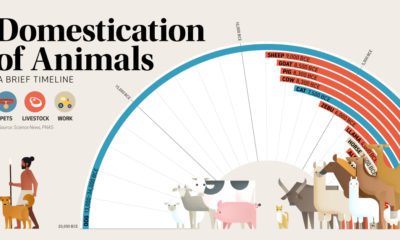
 History2 years ago
History2 years agoTimeline: The Domestication of Animals
This graphic shows a timeline of when 15 different animals became domesticated, based on archaeological findings.
-

 Environment2 years ago
Environment2 years agoVisualizing the World’s Loss of Forests Since the Ice-Age
How much has the world’s land use changed over the last 10,000 years, and how have forests been impacted?
-
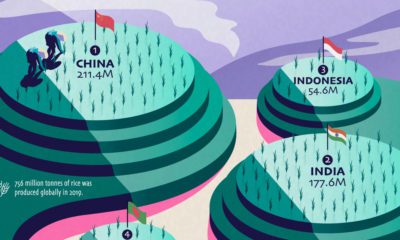
 Agriculture2 years ago
Agriculture2 years agoVisualizing the World’s Biggest Rice Producers
Over half of the world’s population lives on rice as a staple food, but just a few countries dominate global rice production.








